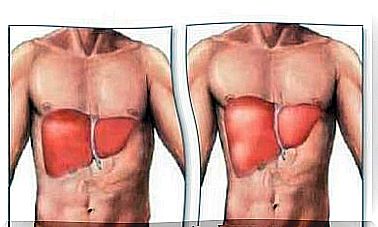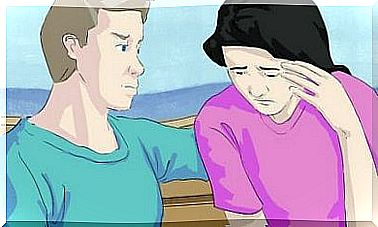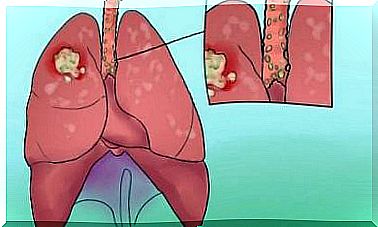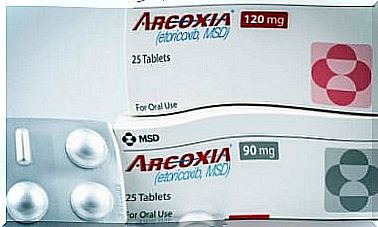Meningitis – Information!

Meningitis is an inflammation of the membranes surrounding the central nervous system, the meninges. Currently, it is not a very common disease, but it is worth learning a bit more about it to be able to respond to its symptoms as quickly as possible.
Meningitis is an infectious disease caused by viruses or bacteria. In extreme cases, this condition can lead to severe brain damage and even death. This is why prompt diagnosis and initiation of treatment is so important.
How do the meninges work?
Imagine for a moment that your brain is a kind of fruit. The fruit has a stone inside, and a special liquid surrounds it. This fluid moves in different directions to keep the stone in good condition. Now imagine that the rind or shell of this fruit is your skull.
In turn, the brain is the stone. Under the skin, i.e. the outer layer of the fruit, there are three other layers through which the fluid can flow to protect the stone.
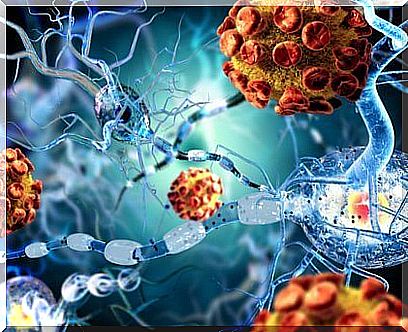
These other three layers are the meninges, the three layers of membrane that protect the brain and spinal cord, as well as the entire central nervous system. Remember that both the brain and spinal cord are the most protected systems in our body.
The cerebral meninges act as filters protecting the central nervous system against the action of dangerous pathogenic microorganisms. The cerebrospinal fluid has a similar protective function.
The occurrence of meningitis
Nowadays, the outbreaks of meningitis are mostly in sub-Saharan Africa. The number of cases increases in the dry season.
Epidemiological warnings in this region last up to 2-3 years, but the threat subsides when rainfall occurs. Unfortunately, due to insufficient access to drugs, mortality is extremely high. Meningitis took the biggest toll in the area in 1996, leading to more than 25,000 deaths.
In Western countries, bacterial meningitis affects 3 out of 100,000 people. Viral meningitis is 10 out of 100,000 people.
Risk factors
- dry season
- infectious diseases
- immunosuppressive diseases
- infections
- weakened immunity (especially in children)
The causes of the infection
Most often, meningitis is a consequence of another infection, especially a viral one. However, there are also cases of meningitis unrelated to previous infections.
1. Viral infection
Most often, meningitis is associated with infections with viruses such as:
- HIV virus
- herpes
- enterovirus
- West Nile virus (transmitted by mosquitoes)
2. Bacterial infection
Depending on the age and immunity status of each individual, there are different risk factors associated with bacterial infections.
- newborns (under 3 months of age)
- E. coli bacteria
- Group B Streptococcus
- children (over 3 months of age)
- Meningitis
- pneumonia diphtheria
- flu sticks
- Adults
- Meningitis
- pneumonia diphtheria
- Listeria monocytogenes
How is meningitis manifested?
They then find a gap in the immune system and then penetrate the cerebrospinal fluid.
Thus, meningeal infections develop. Infection can also occur in a more direct way, for example through damage to the skull, surgical interventions, etc. The infection can also spread easily from the paranasal sinuses to the cerebral fluid.
The most common symptoms
- fever (especially in newborns and children)
- chills and tremors
- nausea and vomiting
- photophobia
- stiff neck
- convulsions
- headache
- loss of consciousness
Symptoms of the disease intensify suddenly, most often all at the same time. In the case of children, they may also be accompanied by more characteristic symptoms, such as increased irritability or drowsiness.
Brain damage
Swelling of the brain is a type of damage that results from inflammation. This leads to an increase in intracranial pressure, which in turn reduces the blood supply to the brain. When the brain is hypoxic, brain cells begin to die.
If meningitis is not treated promptly, it can even result in death.
Diagnosing meningitis
Based on the symptoms present, a thesis can be made about meningitis. However, an accurate diagnosis is made on the basis of an examination called a lumbar puncture. This test involves collecting the cerebrospinal fluid using a special needle inserted into the loins.

Types of meningitis
As already mentioned, meningitis can be divided into two basic types for etiological reasons:
- Viral inflammation: much better prognosis, often not requiring treatment.
- Bacterial inflammation: much more serious, requiring hospitalization. In this case, the risk of death is also much greater.
Due to the course of the disease, a different classification can also be used: acute inflammation, subacute inflammation or chronic disease. However, this type of classification is used relatively rarely.
Treatment
Patients struggling with meningitis should be given antiviral drugs or antibiotics as soon as possible. To reduce inflammation and swelling in the brain, doctors also recommend taking corticosteroids such as dexamethasone frequently. Using this drug reduces the risk of permanent brain damage.
There are also some other more general recommendations. Take antipyretic drugs and drink plenty of fluids. Adequate treatment, if started in time, helps to avoid further complications as well as life-threatening conditions.
Possible consequences
The greatest mortality occurs in newborns and adults. It is about 20-30% of the time. Older children have the best prognosis – the risk of death is 2% lower than in other age groups. The possible consequences and complications, in addition to the life-threatening condition, also include:
- hearing loss
- epilepsy
- hydrocephalus
- cognitive deficit
Prevention
Currently, research is underway to create a vaccine to protect children against meningitis. So far, this is not a compulsory vaccination, but it must be given after the first two months of life.


